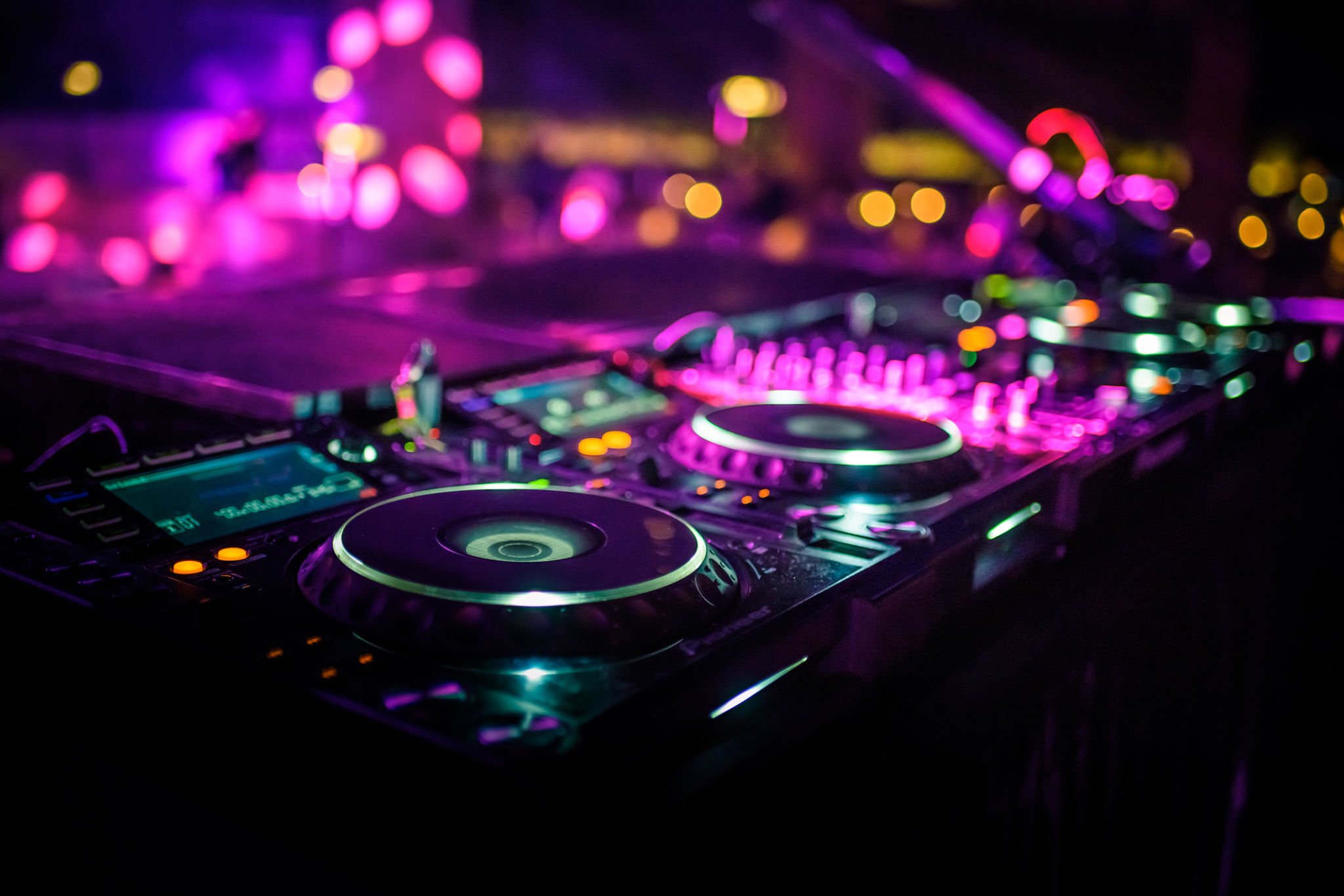Mastering the Art of DJing: From Equipment to Performance
Understanding Your DJ Equipment
Mastering the art of DJing begins with understanding and selecting the right equipment. Whether you're a beginner or a seasoned pro, your setup can significantly impact your performance. The basics include a mixer, turntables or CDJs, headphones, and speakers. Each piece plays a crucial role in creating seamless transitions and maintaining high-quality sound.

Investing in quality gear is essential. High-end mixers offer more features like effects and better sound quality, while reliable turntables or CDJs ensure smooth playback. As you grow as a DJ, you might also consider adding controllers, samplers, and other tools to expand your creative possibilities.
Building Your Music Library
A diverse and well-organized music library is fundamental for any DJ. Start by exploring different genres to find your unique style. Many DJs use digital tools like Rekordbox or Serato to manage their collections efficiently. These platforms allow you to organize tracks, set cue points, and even prepare playlists for specific gigs.

Keep your library updated by regularly sourcing new music. Subscribing to music pools and checking out platforms like Beatport can help you stay ahead of the trends. Remember that having a wide variety of tracks enables you to adapt to different audiences and venues.
Developing Skills and Techniques
Skill development is crucial in mastering DJing. Focus on techniques like beatmatching, scratching, and mixing in key. Beatmatching involves aligning the tempo of two tracks for a seamless transition, while scratching adds texture and flair to your performance.

Mixing in key is another important skill that ensures harmonious transitions between tracks. Many DJs use software that analyzes the key of each track to make this process easier. Practicing regularly and experimenting with different styles will help you develop your own unique sound.
Preparing for Live Performances
Preparation is key when it comes to live performances. Whether you're playing at a club, wedding, or festival, understanding the audience and venue is essential. Tailor your setlist to suit the event's vibe and be prepared to adjust on the fly based on crowd reactions.
Before your performance, conduct a sound check to ensure all equipment is functioning correctly. Familiarize yourself with the venue's layout and equipment, as this can affect your setup and performance. Confidence comes from being well-prepared, so plan every detail meticulously.
Creating an Engaging Performance
Engaging with your audience is as important as the technical skills you possess. A successful DJ knows how to read the crowd and adjust the energy of the set accordingly. Use eye contact, body language, and microphone interactions to communicate with your audience.

Incorporate visual elements like lighting and visuals to enhance the overall experience. These elements can create an immersive atmosphere that captivates the audience. Always be aware of how the crowd is responding and be ready to adapt your set to maintain their energy.